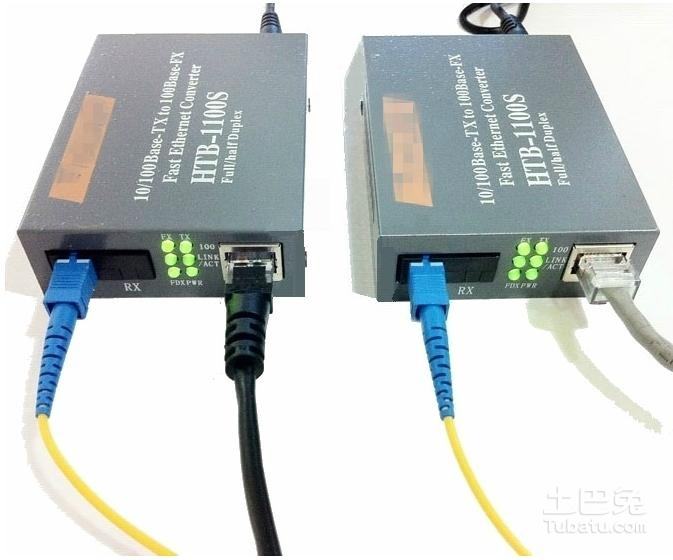FOT: Fiber Optical Transceiver
Due to the continuous expansion of the transmission capacity of the communication network system and the continuous improvement of the speed, optical fiber communication has become the main means to improve the speed of network communication. As the ratio of client fiberization increases, the market for optical transceivers is relatively high. Metropolitan/access network and fiber-optic LAN development has become the driving force for the growth of the optical active component market. At present, the development direction of optical transceiver/transmission modules is mainly toward the development of small packaging methods and low cost and low power consumption. Therefore, the optoelectronic components need to be in a more stable environment to exhibit the characteristics of the components. Therefore, high requirements are required in the process of packaging, and the packaging requirements of the optical transceiver module are roughly as follows:

ŌĆó Stay isolated from the outside world
ŌĆó Stable temperature control
ŌĆó Good processability
ŌĆó Sufficient mechanical strength
The Fiber Optical Transceiver (FOT) integrates an optical transmitter and a receiver at both ends of the optical fiber communication, and is an active component of the optical fiber. The optical transmitter converts the electrical signal into an optical signal, and the optical receiver converts the received optical signal into an electrical signal, so the optical transceiver encapsulates the optical transmitter and the receiver in the same module at the same time. Therefore, it has both the function of sending and receiving. Therefore, the optical transceiver module refers to a light source for communication and a light detector. The so-called transmission module transmits the signal of the client to the light transmitting end, and then the light-emitting module performs electrical->light conversion to generate a light source with a signal, and finally Entering the fiber network, and the receiving module is a signal that generates electricity through the light source to the client. In the common optical transceiver module, there are two main types of light-emitting diodes (LEDs) and semiconductor lasers (LDs) in the light source part, and the receiving part is mainly a PIN diode and a collapsed photodiode (APD).
In the optical transmission module (Transceiver) currently used in the optical fiber transmission system, the laser transmission capability is divided into a Distributed Feedback Laser Diode (DFB) or a Vertical Cavity Surface Emitting Diode (VCSEL, Vertical Cavity Surface Emitting). Laser diode) is the mainstream. Therefore, based on the current global optical communication industry, the global increase in module transmission bandwidth, in addition to the current standard products such as 1G, 2.5G and 10G, and actively invest in the development of high-speed products such as 25G, 40G and 100G & 200G or even 400G. In terms of technology, even the use of high-speed chips to directly package COB (chip-on-board) and silicon photonics (Si-Photonics) technology will become a trend. At that time, the process will be shortened, which will increase the CP value of the product and drive practical applications, including IOT materials. The network and the demand for a large number of information transmission Datacenter and meet the needs of the future 5G era to achieve its purpose.
application
Fiber optic transceiver receiver
There are 2 main types of Fiber Optic Detectors :
1.PIN : Positive-Intrinsic-Negative
2.APD : Avalanche Photo Detector

Transmitter End of the Optical Transceiver :
Laser comparison is below as:

Architecture




